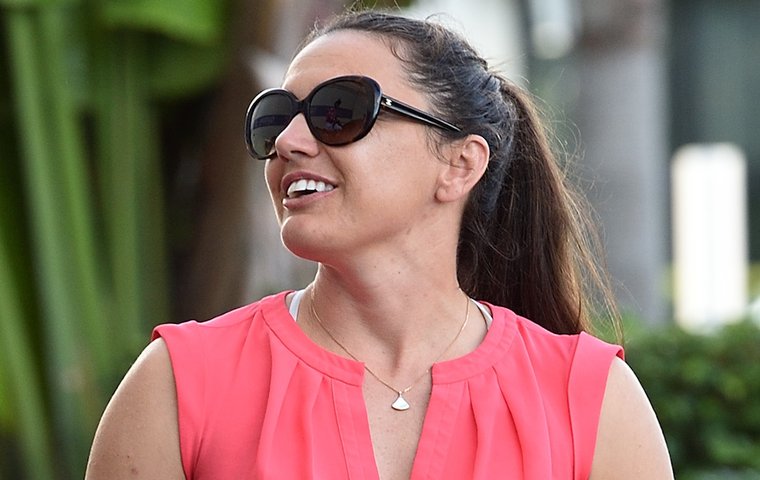
Our questions are answered by fast-rising training talent Cherie DeVaux, fresh off a solid performance at the Churchill Downs spring meet and already among the winners at Saratoga
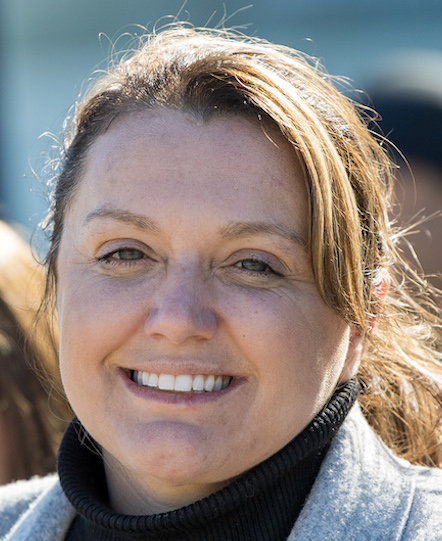 Cherie DeVaux, 42, is one of the fastest-rising training talents in the US. Having landed her first G1 success last year with She Feels Pretty in the Natalma Stakes at Woodbine, DeVaux has gone from strength to strength so far this term.
Cherie DeVaux, 42, is one of the fastest-rising training talents in the US. Having landed her first G1 success last year with She Feels Pretty in the Natalma Stakes at Woodbine, DeVaux has gone from strength to strength so far this term.
By the end of the Churchill Downs spring meet on June 30, she had trained ten winners of nearly $2 million in purses to finish sixth in the standings, the highlight coming with the G1 victory of leading filly Vahva in the Derby City Distaff on the Kentucky Derby card.
Vahva has won again since in G3 company, while DeVaux signed off at Churchill with a pair of Listed stakes victories on closing weekend with Brilliant Berti and Cagliostro.
She also won the Preakness weekend trainer bonus of $50,000 thanks to a three-stakes-win the Friday card at Pimlico, including Pyrenees, who won the Pimlico Special before coming second in the G1 Stephen Foster.
After working as assistant to Chuck Simon then Chad Brown, DeVaux – a native of upstate New York – set up on her own in 2018 with only four horses. It took her a year to register her first winner – but now she has a barn of 120.
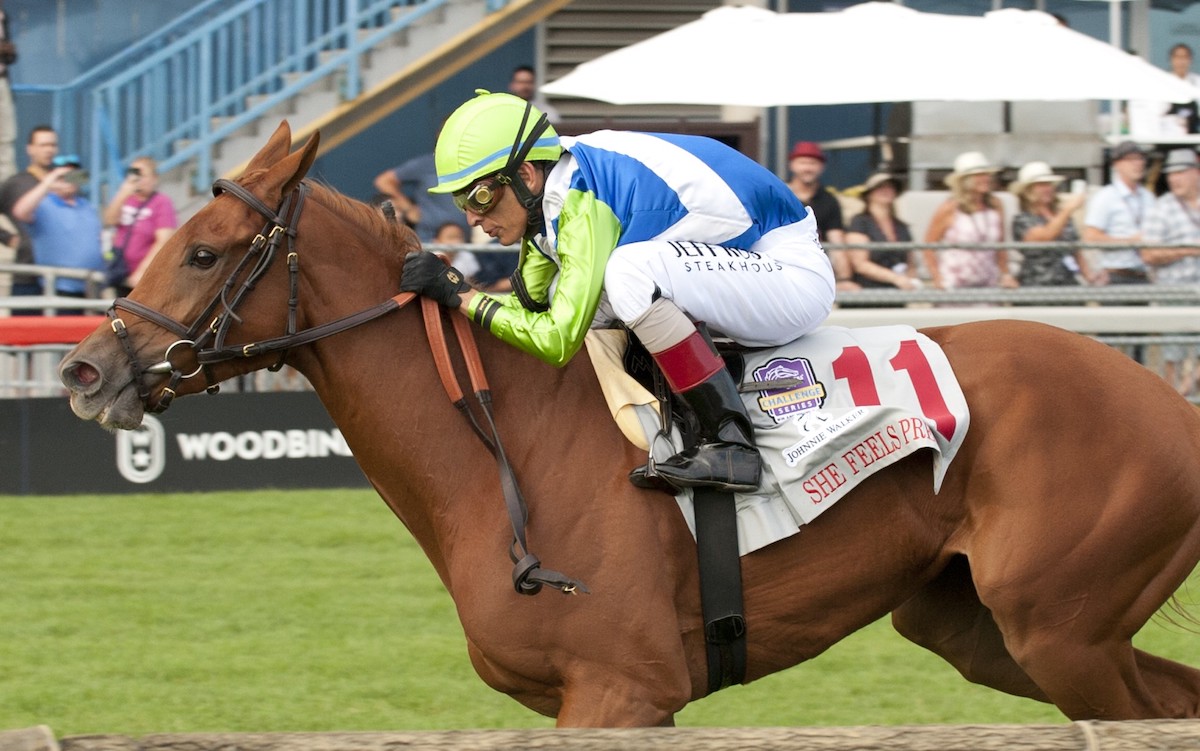 “I’m really grateful to be in the position that we are in,” says the trainer, who is married to bloodstock agent David Ingordo. “I’m proud of the team and the foundation of my stable but I’m not one to rest on my laurels. I work as hard and with the same amount of passion and drive as at the beginning.
“I’m really grateful to be in the position that we are in,” says the trainer, who is married to bloodstock agent David Ingordo. “I’m proud of the team and the foundation of my stable but I’m not one to rest on my laurels. I work as hard and with the same amount of passion and drive as at the beginning.
“We have just had a great Churchill meet with a really solid closing weekend,” she goes on. “I look back on it and I’m grateful and thankful for my clients and staff, the horses and everyone around it.”
Which racing figure past or present do you most admire?
I was never a big fan of the sport – I was raised in a harness racing family and grew up with no exposure to Thoroughbred racing. My parents took a sabbatical and moved to Florida and when they moved back to New York I started working with Thoroughbreds.
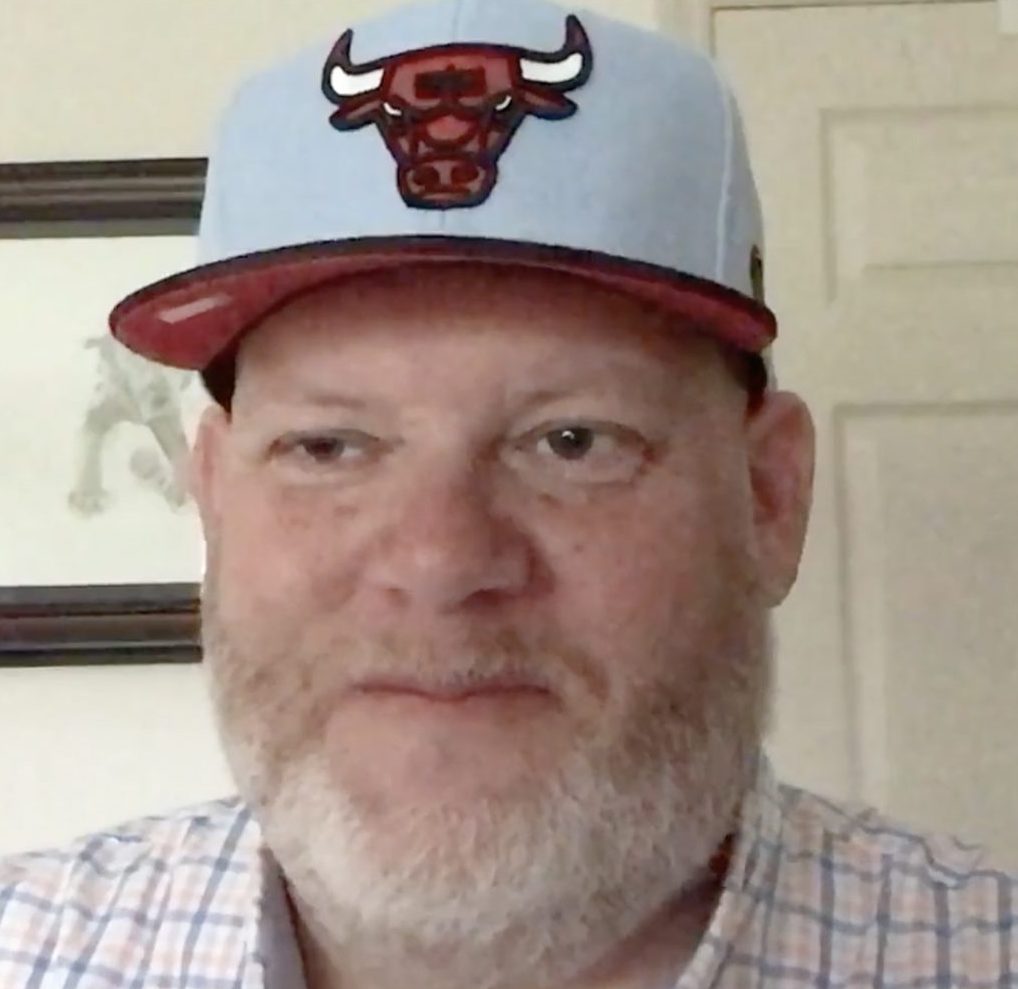 Chuck Simon (right) was the major influence; he was a smaller trainer in the MidWest who came up under Allen Jerkens. His first job in any type of horse racing was for my Dad when I was two or three years old.
Chuck Simon (right) was the major influence; he was a smaller trainer in the MidWest who came up under Allen Jerkens. His first job in any type of horse racing was for my Dad when I was two or three years old.
I started as an exercise rider while I was at college and worked for him for six years. He took me under his wing and became a mentor. We had a small stable and had to learn to manage the horses we had because it was unlikely we were going to have a big influx of horses.
I really honed in on my skills to get them to perform the best they could. He is the reason I am where I am now.
Which is your favourite venue, and race, anywhere in the world?
My favourite venue is Keeneland. It’s home. But I would like to travel more outside of North America when the situation is right, if I have a really exciting horse that I feel can compete at a meet like Royal Ascot. That would be something I would dream of doing. Right now Keeneland is my favourite place to race, it’s where we train and it is exciting to run horses.
As far as the races I always enjoy the Breeders’ Cup. It brings horses from all over the world in every division. It’s great to watch that level of the sport.
Who is your favourite racehorse and why?
When I was with Chad Brown, I worked very closely with Lady Eli. She had an impressive record but that’s not really why she has been so influential. She went through a lot with laminitis and it was an amazing journey to be on with her from that time back to running G1s and into the breeding shed.
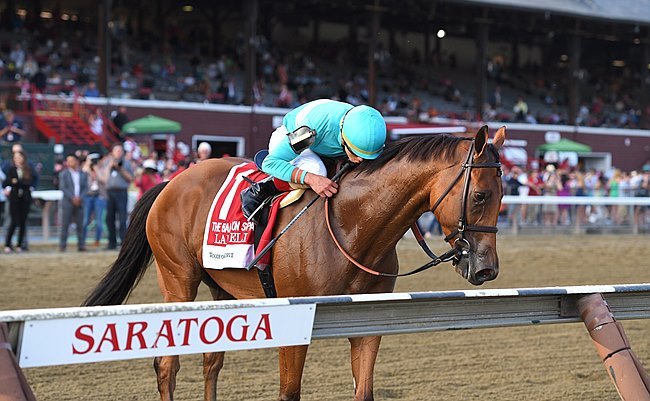 I was with her every day through her acute laminitis, from sitting on a bucket with her for the first week. We kept her in the barn at Belmont Park rather than shipping her to a clinic because she was difficult. She was very finicky, very opinionated and mean, quite frankly.
I was with her every day through her acute laminitis, from sitting on a bucket with her for the first week. We kept her in the barn at Belmont Park rather than shipping her to a clinic because she was difficult. She was very finicky, very opinionated and mean, quite frankly.
We wanted to keep her in an environment where she was most comfortable and had as little stress as possible. She really hurt a few people that got too close to her but she and I had a special bond. She never acted that way toward me.
What is your fondest memory in racing?
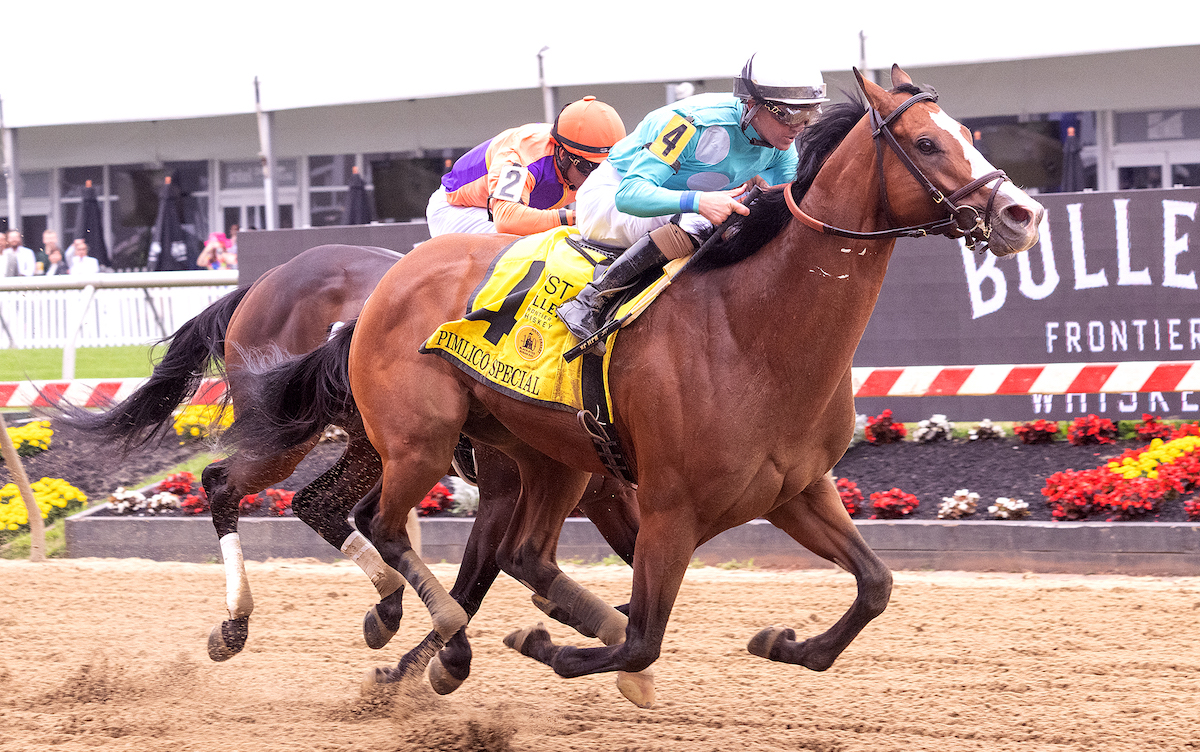 Winning my first race. It took me a full year and I put a lot of pressure on myself. It’s funny sitting where I am now with the stable that I have that there was so much pressure to win. It was a $50,000 maiden claimer at Gulfstream Park which I won with a horse called Travelling.
Winning my first race. It took me a full year and I put a lot of pressure on myself. It’s funny sitting where I am now with the stable that I have that there was so much pressure to win. It was a $50,000 maiden claimer at Gulfstream Park which I won with a horse called Travelling.
We probably had 12 horses at the time and had had a lot of good seconds so it had started to become frustrating. That was 2019, so not that long ago. There was very little looking back after that.
If you could change one thing in racing, what would it be?
It would be how the outside views the sport, those who don’t know. We as an industry worldwide have gone far to advocate that this is not just horse racing, it’s not greedy people.
The horses are well looked after in most cases – in any realm, there are going to be those who don’t. As a whole the sport has gotten safer, aftercare has gotten better but there are still naysayers who think that it’s still just a lot of abuse and no oversight, which couldn’t be farther from the truth.
Cherie DeVaux was speaking to Jon Lees
• View the entire What They're Thinking series
Ken McPeek: The sport needs to make it possible for fans young and old to watch
Nick Luck: The fan has become the least important part of the puzzle – which is a crying shame
John Stewart: I want to have the best broodmare band on the planet
Brent Thomson: If animal rights groups had their way, there wouldn’t be any racing
Ramiro Restrepo: I wish US racing had a central body of governance
View the latest TRC Global Rankings for horses / jockeys / trainers / sires


